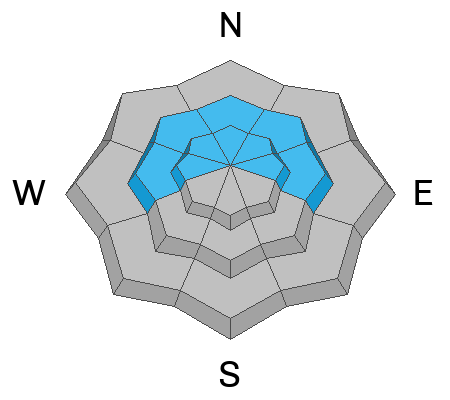Forecast for the Logan Area Mountains

Issued by Paige Pagnucco on
Sunday morning, January 12, 2025
Sunday morning, January 12, 2025
Heightened avalanche conditions exist in the backcountry, and the avalanche danger is MODERATE. Triggering an avalanche is still possible in mid and upper-elevation terrain and wind slabs formed yesterday may still be sensitive to the weight of a skier or snowmobiler today. While becoming less likely, it is still possible to trigger dangerous slab avalanches failing on a persistent weak layer buried 2 to 4 feet deep on steep, northerly-facing slopes holding poor snowpack structure.
Evaluate snow and terrain carefully and practice safe travel protocols by only exposing one person at a time in avalanche terrain.
You'll find good powder riding conditions on slopes under 30 degrees in sheltered terrain across all aspects.

Low
Moderate
Considerable
High
Extreme
Learn how to read the forecast here








